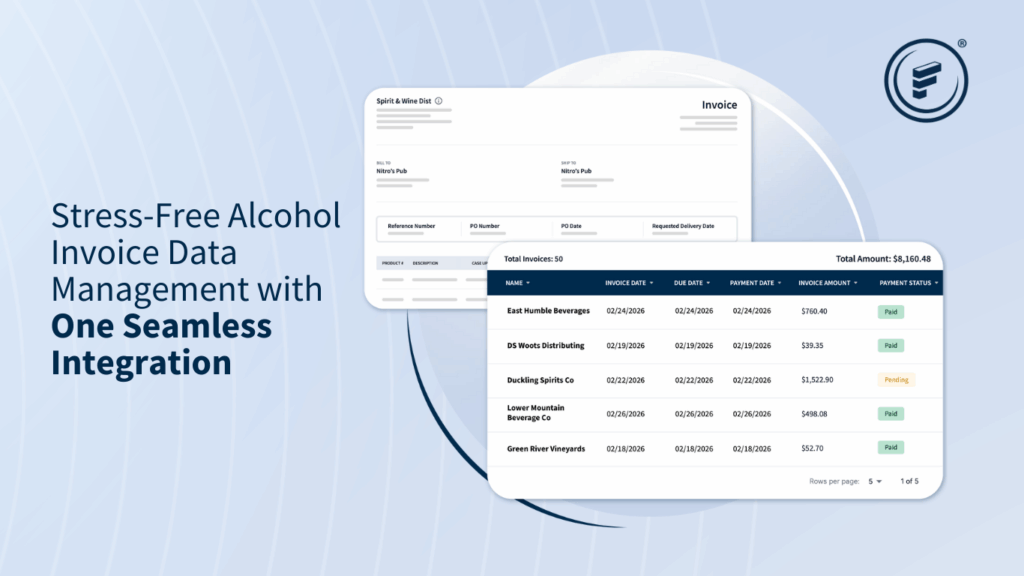This blog was written by our friends and partners at Sculpture Hospitality.
There has long been a labor shortage in the hospitality industry, but the combination of the COVID-19 pandemic and what has been dubbed as ‘The Great Resignation’ has pushed the shortage in restaurant workers to an almost crisis level.
The workforce shortage is now the most important challenge facing the restaurant (and the hospitality industry in general) in 2021. It threatens to hold restaurants back, just as many are reopening or expanding after more than a year grappling with the impact of COVID-19.
In fact, restaurant owners have already had to slash operating hours and minimize menus as the workforce shortage affects what, and when, they can serve their customers.
How to Survive the Restaurant Industry Workforce Shortage.
To address the challenge of operating with less staff, some restaurants are turning to modern restaurant technologies to ensure the seamless operation of their business and to continue serving customers as COVID-19 regulations begin to lift around the world.
Before we look into some technologies that could help restaurants offset these challenges, let’s first take a look at some numbers around the restaurant workforce shortage and why it’s so significant.
What is the restaurant labor shortage?
The workforce is struggling with a huge shortage of workers across the board, with 84 percent of Canadian companies claiming they expect to face problems hiring this year and 55 percent of people in the US workforce set to resign from their existing job to look for new opportunities.
Out of the industries that have been affected by the labor shortage, the restaurant industry has been hit the most. According to CBS News, almost 40 percent of restaurant companies said they’re having trouble finding servers, cooks, and other workers.
To help, Sculpture Hospitality has listed a few ways your business can mitigate the challenges of the restaurant workforce shortage through technology that improves the productivity and efficiencies of your team:
Use an inventory management system for fast and accurate inventory counts
Restaurant inventory management is one of the most important processes for any successful business. Yet many restaurants are still using manual processes and time-consuming spreadsheets to manage and count their inventory.
Not only is this time-consuming for employees, it also leads to inaccurate inventory counts that affect your profitability.
Restaurant inventory management software will give you complete visibility and control of your restaurant inventory while automating and simplifying the processes around it. That frees up time for your employees to focus on other tasks.
Speed up your team’s processes with handheld restaurant POS
With a handheld restaurant point-of-sale system (POS), your employees can carry the POS around in their pocket and perform multiple tasks in one visit to each table.
You’ll be able to remove the need for your staff members to go back to the POS system, get the bills ready, bring the bill back to the table, and then go all the way back to the POS to finalize payment. Instead, employees can cover more ground in the restaurant by carrying the POS on their persons at all times.
Reduce strain on front-of-house staff with contactless order and pay
To improve the efficiency of your front-of-house team (while also implementing COVID-19 friendly customer service procedures), contactless menus, ordering and payments are a great way to improve the entire guest experience and reduce strain on your team.
By encouraging guests to view menus online, order dishes through an online portal or mobile application and make contactless payments, you’ll reduce the need for more front-of-house staff by freeing up your existing team members to focus on bringing food to tables and ensuring a high-quality guest experience.
Invest in kitchen display systems to support your back-of-house operations
When striving to alleviate the challenges that come with the hospitality labor shortage, back-of-house efficiencies are just as important as front-of-house. Kitchen display systems replace paper tickets and kitchen printers to speed up the process of delivering high-quality food in a timely manner.
In fact, kitchen technologies can go as far as showing back-of-house staff what dishes should be prioritized, what ingredients go into a certain menu item and even cooking instructions for specific orders. This helps your kitchen to run more efficiently with less staff.
Are you interested in learning more about how restaurant technologies can alleviate some of the challenges associated with the restaurant labor shortage? Get in touch with Sculpture Hospitality today. Our team of experts would be happy to help.







